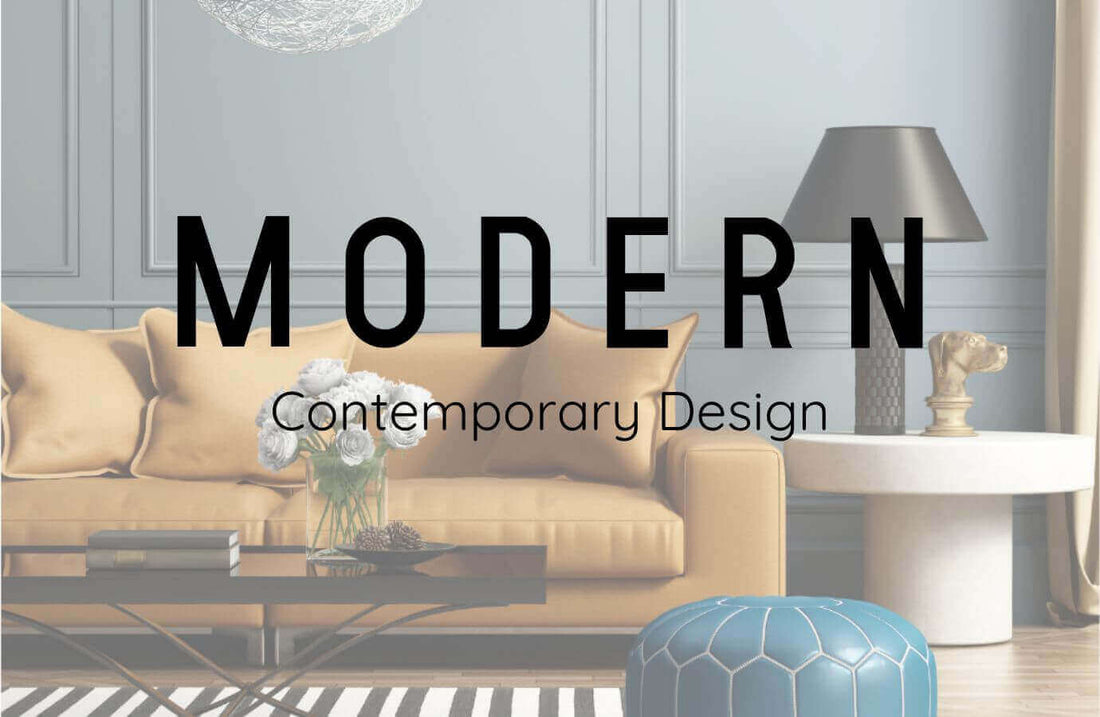
How Contemporary Design Influences Today's Trends
The Modern Era saw many inventions, such as improved transportation, scientific developments, the Industrial Revolution, and urbanization. Changes were also seen in the arts through a newfound freedom of expression in which traditional European influence was questioned and replaced with experimentation and exploration of what was possible. Psychology became widely accepted, as did artistic expression and abstraction. The Technological Revolution (1980s – 1990s) saw dramatic changes in technology and globalization, further changing perceptions of our world. Below is a breakdown of each decade that made up the contemporary design period, which influences interior design trends to this day.
1950s

1960s

The Space Age influenced the 1960s contemporary design. Designs were what people imagined the future would be like. Pop art is all the rage, and changes in production allowed for large quantities of products to be made and made cheaper. Consumerism was in full swing, as was the use of primary red, mustard yellow, avocado green, and fuchsia. The 60s were a transition into a time known as Post-Modernism (1970s – 1990s) and was a retaliation to the simplistic and controlled modern style.
1970s

left: Franzen Apartment; right: Sunken Lounge
The 70s were an “anything goes” style. Making art was seen as more important than the art itself, leading to the differentiation between high and low art becoming less distinguishable. Contemporary interiors of this decade were playful, with unexpected pops of colors and geometric shapes mixed with velvet, rattan, and earth tones.
1980s

Sitting room, by Edward Welker Interiors
The 80s were a little all over the place, finding inspiration from the southwest, art deco, traditional, country (florals, ruffles, and lace), and modern design. Faux paintings of ceilings and walls resurfaced for the first time since the 1930s. Artificial ivy was prevalent and, when used, could be found in almost every room of the house. Self-expression was in high gear, and materials were experimented with to challenge preconceived ideas. Graffiti was popularized and made its way into the high art world, selling for thousands of dollars in art galleries.
1990s

The 90s were a decade of contemporary design that saw a return to a less is more approach with a strong influence of Japanese Zen and Tuscany style. Kitchens were filled with pine wood cabinetry and decorative roosters in primary colors. Other hot trends included dried or faux flower arrangements, slip-covered couches, and neon lighting.
Today

Photo by Gavin Cater, Domino
Contemporary style continues to influence interiors today, and this is known as post-modernism. However, shapes and finishes have been and continue to be updated with each new interpretation of the style.























